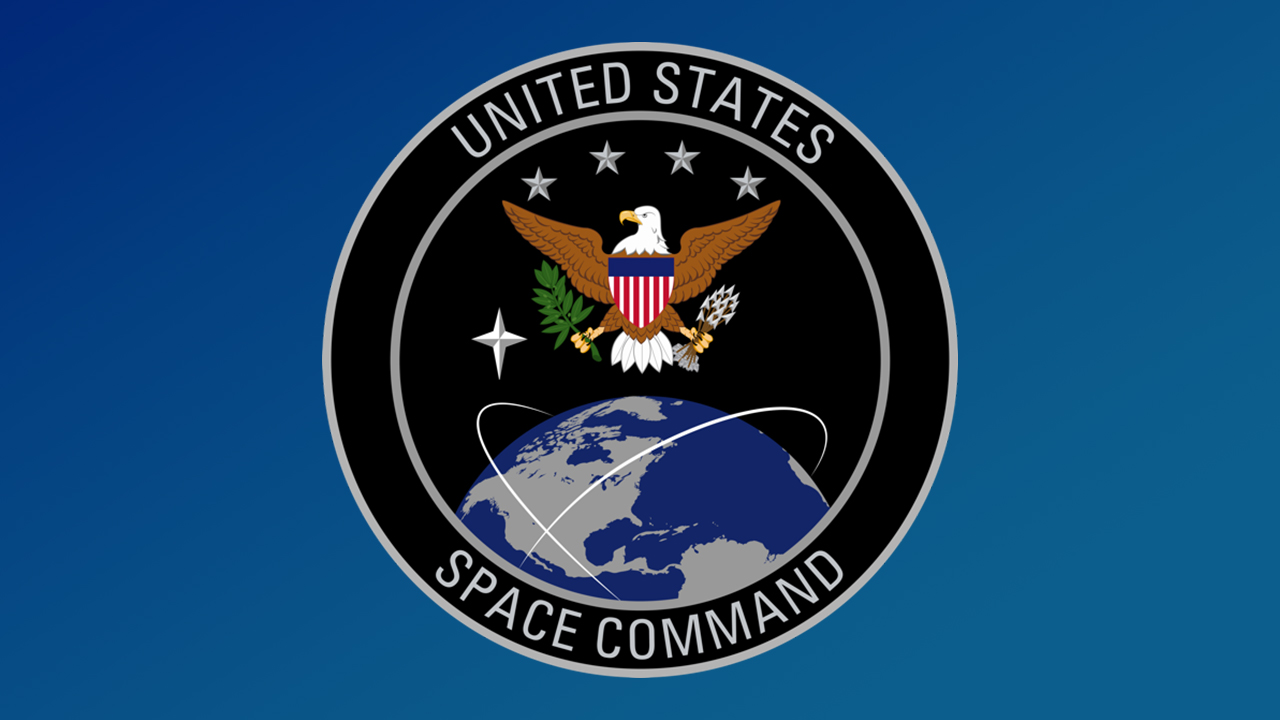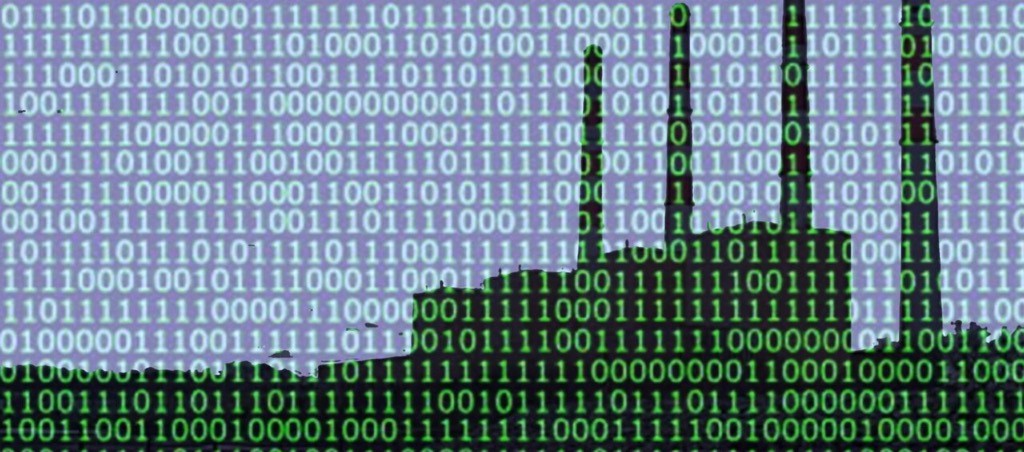Gen. James Dickinson believes many Americans fail to grasp how activities of daily life are intrinsically tied to assets in space.
“Our space-based capabilities enable virtually every element of our national power that provides diplomacy, economics and finance,” said Dickinson, commander of the U.S. Space Command.
“These enable basically every facet of the modern American way of life. You use an ATM, you’re relying on space capabilities. Tap into a navigation system on your cell phone, you’re relying on space capabilities. Even if you’re enjoying live broadcasts of the Auburn Tigers football team, you’re relying on space capabilities.”
Such luxuries, however, created cyber vulnerabilities, he said.
“Those vulnerabilities provide openings our competitors try to exploit,” Dickinson said in a special question-and-answer event, “Securing Space,” broadcasted live Tuesday on YouTube and moderated by Frank Cilluffo, director of Auburn University’s McCrary Institute for Cyber and Critical Infrastructure Security. The event, which shared insight into the intersection of space and cyber security, was co-sponsored by the Space Policy Institute at George Washington University.
This threat necessitated the creation of the U.S. Space Command and Space Force, which Dickinson said “provides the tools to protect the space domain.”
But what’s the difference? The U.S. Space Command, created in August 2019, is designed to deter aggression, defend U.S. and allied interests, and deliver space combat power. U.S. Space Force, created in December 2019, is the militarized power that defends multi-purpose satellites and interests in space.
Dickinson, a U.S. Army veteran of 35 years who has also served as commanding general of the U.S. Army Space and Missile Defense Command, said the evolving world climate necessitated a move to protect U.S. interests in space.
“We have more peer adversaries and competitors with capable and rapidly-advancing technologies,” he said. “We have established the structures necessary to protect and defend our assets against their capabilities.”
Dickinson’s top measure of defending cyber interests in space doesn’t necessarily involve lasers, Stormtroopers or a Death Star. It’s deterrence by vigilance.
“One of the reasons (the U.S. Space Command) was stood up was to have an organization and someone like me that all day every day thinks about the activities in orbit and what this means not only to our economy, but what our adversaries might be doing,” he said.
Dickinson said calling out “adversaries” for questionable activities in the past couple of years was necessary to the mission.
“We need to make sure that we are able to discuss and show the rest of the world that, yes, there are activities going on in space,” he said. “It is no longer a benign environment. It is a contested environment that could impact our lives. The education process involves making sure everybody understands how important that is to being able to hold folks accountable for their actions in orbit.”








